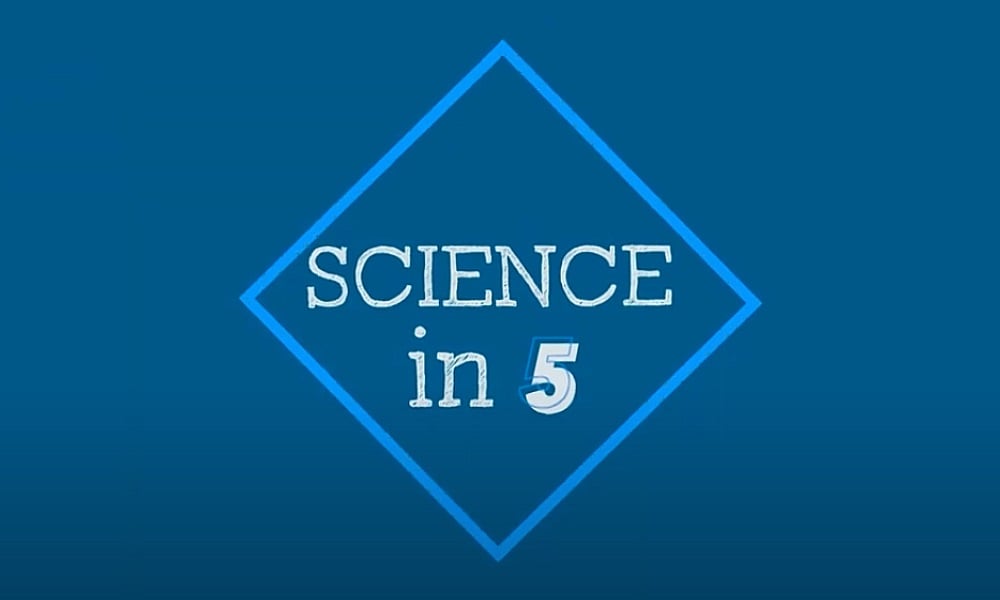Episode #29 - Developing WHO’s public health advice
Alternative media
Transcript
MS Hello, everyone, and welcome to Science in 5, WHO's conversations in science. My name is Marta Soszynska and today our guest will be Dr John Grove WHO's Director of Quality Assurance and Norms and Standards. Welcome, John.
JG Thank you. Thanks for having me.
MS John the first question I have for you is what is WHO's guidance and how do we develop this kind of document for health interventions?
JG Well, WHO is really the only global authority that can develop a set of recommendations that applies globally. So what are those things that we think countries, individuals, providers should be doing to improve people's health? So the interventions that they provide, but also the measures that we put in place in public health, to ensure people's health and safety. And so provides this in the form of what we call guidance or guidelines or recommendations that the world can use to then further tailor how they plan to respond to or provide a health intervention in their locality. But when WHO makes a recommendation, we pull together the best evidence available through various means. We also pool experts together to help us consult on that evidence. We then generate a set of recommendations that goes into that guidance and we then disseminate it to the world. So our group within WHO, within science division works across the different technical units to ensure that the way we are putting the guidance out to the world is done in the most robust, transparent manner. So we spend a lot of time looking at methods. So the scientific process used to produce that guidance, what's the data that's available to make that guidance as strong as it can be; and also we monitor also for conflict of interest to make sure that the experts that we’re engaging are really fully bringing the full breadth of their scientific expertise to that process.
MS Thank you, John, for clarifying that. The second question is about the exact way that WHO makes sure that this guidance is evidence-based and that it's safe. How does WHO do that?
JG Well, it's very important. WHO would never issue a guidance or recommendation that's globally applicable to the world without the strongest evidence backing it up. So we spend a lot of time looking way, way upstream to see what studies are being done on different interventions. Who's engaging in those studies, the format of those studies, so that we can then pull all those studies together to make sense of it. In some cases, the data is very strong. In some cases the data is not as strong or not as available as we would like. So we continue to monitor and make sure that that that data is coming to us in a form that we can then use. So once the data is finalized, we bring the experts around the table. So it's WHO's staff, but also experts helping us to develop those recommendations.
MS John, with this pandemic, we have seen that the science is changing all the time, that we learn new things. So how does WHO manage that in terms of guidance and developing recommendations?
JG I think that's a great question. In the current pace of science is so fast. And also technology is helping to increase the speed of that science. But also technology is helping us to make sense of the evidence as it comes through. So we employ a process that we call evidence synthesis. We bring all the evidence together into one place to do a review, to engage with experts, as I said. But what we're doing now in the new era is much more of what we call a living approach, where we're curating the evidence as it's becoming available and we're actually updating the guidance on a much more frequent basis. So we've worked with all of the journals in the world to give access to preprints and studies that are coming down the pipeline. We have framed questions around different health interventions that we need answers to from the data, and then we are constantly assessing the data. The other important thing that we do in that process is we engage with the public. We also engage with patient communities to see the extent to which they'll actually use these interventions and what their preferences are as well. Another thing we pay attention to is access equity and human rights related issues in the provision of different health interventions to really make sure that what we're providing and what we're recommending to the world is going to be used within different jurisdictions.
MS Thank you for being with us today, John. Please share this video with your friends and subscribe to our channel. Until next time then. Stay healthy, stay safe and stick with science.

